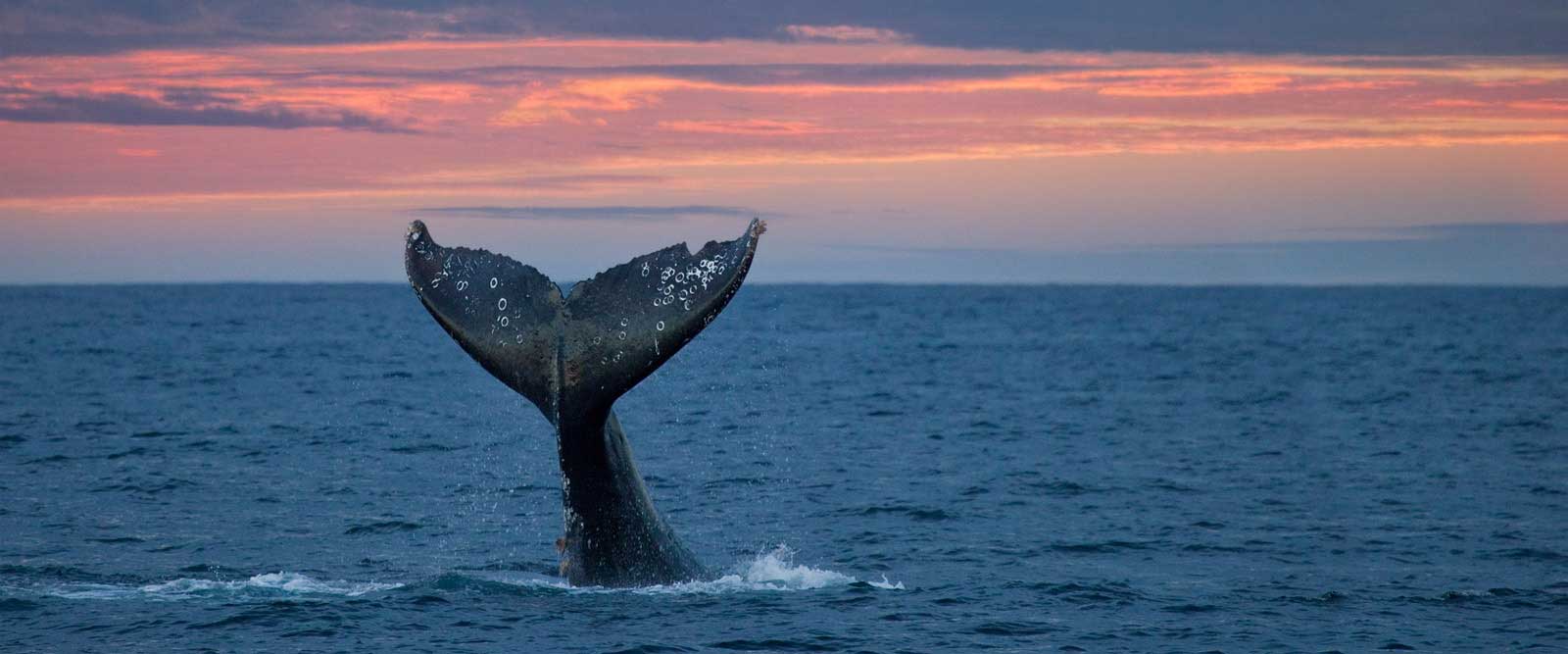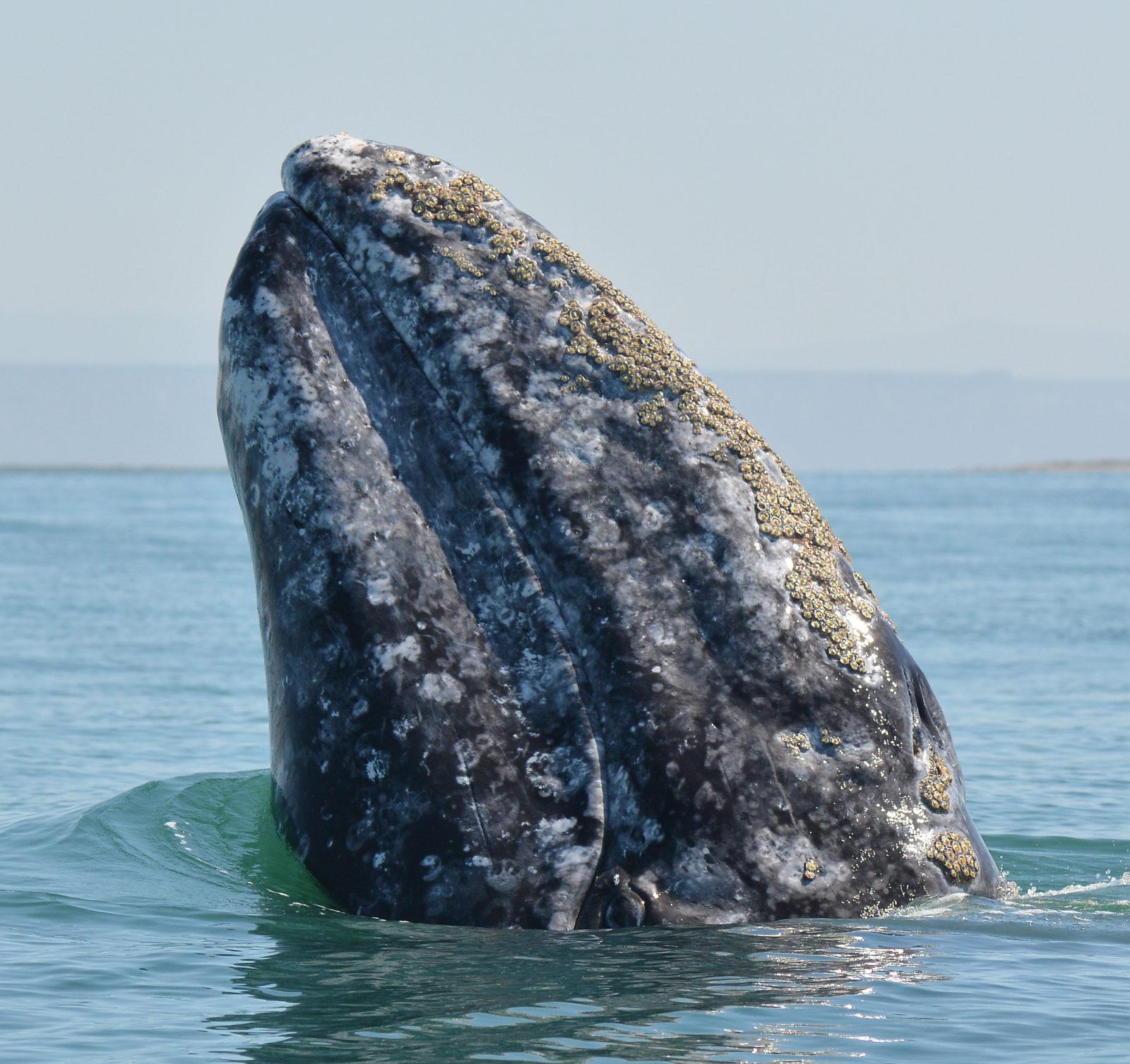Pelagic Birding Tour Sep 3-7, 2012 booking up!
There are just 10 spots left for the pelagic seabirding trip. Click here for all the details of this 5-day southern California deep-water adventure. http://www.bajawhale.com/pelagic/pelagic-birding-tour
Your leaders will include Todd McGrath and Jon Feenstra, powerhouses in west coast pelagic birds. There’ll be a pre-trip to Salton Sea and free evening presentation before you board the boat. Don’t miss out on this unique experience. Take a look at previous years’ sightings lists.
Photo courtesy of Tom Blackman.






















